Autumn is a time of abundance for edible wild foods, when hedgerows are heavy with ripening fruits and nuts. I believe that gathering and eating foraged foods is such a great way to understand and respect nature.
Unlike shop-bought farmed foods, wild foods are not readily available at any other time and this means you really must make the most and capture those flavours before they disappear into the hedgerow for another year. You have the whole year to plan how to cook your finds, but just a small window to go and collect them.

It is important not to damage wildlife habitats or rare species, so always forage responsibly. This means only picking from an area with plentiful supply, leaving plenty behind for wildlife and avoiding damage to the roots of the plants you pick. Not only will this protect wildlife, but also improve your chances of coming back to the same spot next year.
There is a lot to choose from at this time of year, from elderberries, blackberries, rosehip, hawthorn, chestnuts, sloes, sea buckthorn, bilberries, hazelnuts, beach nuts, ceps, crab apples, dandelion roots, sea beets and jack-by-the-hedge. But here are some of my favourite wild recipes.
Sea buckthorn tart with hay and fig leaf cream

Sea buckthorn trees come into fruit around September and sometimes continue until the end of the year. Mostly they are found in coastal areas, but they’re slowly introducing themselves inland. Personally, it is my favourite berry this time of year due to its striking colour and delicious taste, which is often likened to a sour orange, or sometimes slightly mango like.
They look like a large shrub, with bright orange berries and shimmering elongated oval leaves. Albeit easy to identify, the same can’t be said for harvesting: they have spikey branches so remember long sleeves, gloves and trousers is the attire. The tart can be served alone or with this infused cream.
Ingredients:
200ml sea buckthorn juice
50ml lemon juice
50ml water
6 eggs
300g caster sugar
50g butter
Handful of hay, 1 ltr double cream, 3 fig leaves (optional)
To make the sea buckthorn juice, add a little water to the berries in a blender and strain through a sieve.
To make the curd, cook out the eggs, sugar, lemon juice and water over a bain-marie until the mixture thickens and leaves a trail on the surface. Once off the heat, whisk in the butter and pour into a blind baked pastry case. Place in the fridge and leave to set.
For the cream, toast a handful of hay in the oven for 5 minutes at 180 degrees. Bring 1 ltr of double cream up to just under the boil and pour it over the hay and three fig leaves. Cling film the bowl and leave overnight.
Then in the morning strain the cream and whisk it with icing sugar to taste and until thick. Portion the tart and spoon on your flavoured cream.
Roasted carrots with pickled blackberries and cobnuts

This dish is a great way to celebrate the start of autumn, rich in flavour and using two foraged ingredients, blackberries and cobnuts. It’s best to collect cobnuts around September or October time, and once collected and shelled they can be roasted in the oven.
Ingredients:
500g blackberries
1 tbsp sea salt
250ml red wine vinegar
Bunch of carrots
125g granulated sugar
Orange peel/juniper berries (optional)
To make:
Place the blackberries in a warm sterilised jar. Heat the vinegar, salt and sugar, until the sugar has dissolved, then pour over the blackberries. Once cooled, sealed and stored in the fridge, these can be kept for months, but will be pickled enough to make this dish the following day.
Take one bunch of carrots, remove the tops, and lay the carrots in a roasting tray whole. Toss in olive oil and salt and roast at 190 degrees for 20 minutes. The carrots will caramelise but should be soft in the centre. Roast the cobnuts at 190 degrees for 8 minutes. Spoon the carrots onto a plate, slice the pickled blackberries in half and place on top of the carrots and scatter with toasted cobnuts.
Elderberry honey
Elderberries are easy to forage and grow in lots of locations. It’s important to remember stems, leaves and unripe berries are toxic, so remove these before starting. The easiest way to remove the berries from the stems is to freeze them whole, as once frozen they will fall straight off. This recipe is a very simple sweet fermentation recipe: the moisture content from the fresh berries, when combined with raw honey and the natural yeast, will create the perfect environment for fermentation.
It can be used as an immune-boosting medicine, but I like to eat it spooned over yoghurt and granola, swirled through mascarpone for a dessert, or drizzled over ice cream.
To make:
Place the elderberries into a wide-mouthed sterilised jar and cover in raw honey. The volume depends on what you have available and how much you want to produce. Place the lid loosely on the jar and put in a dark place out of direct sunlight. Turn your jar every few days, making sure you have tightened the lid.
Within a few days you will see bubbles starting to form. Ferment for up to one month then store at room temperature for up to a year. Strain the elderberries before use.
This article was originally written for the Autumn issue of Wicked Leeks. You can read the full magazine for free on Issuu.

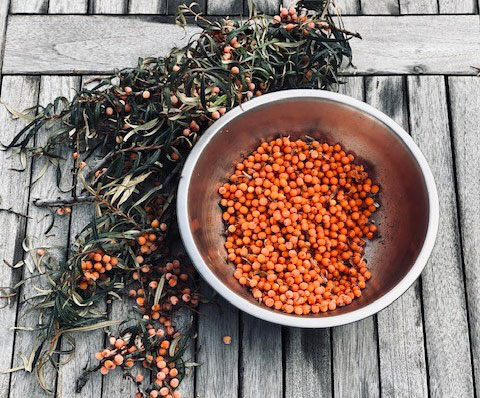
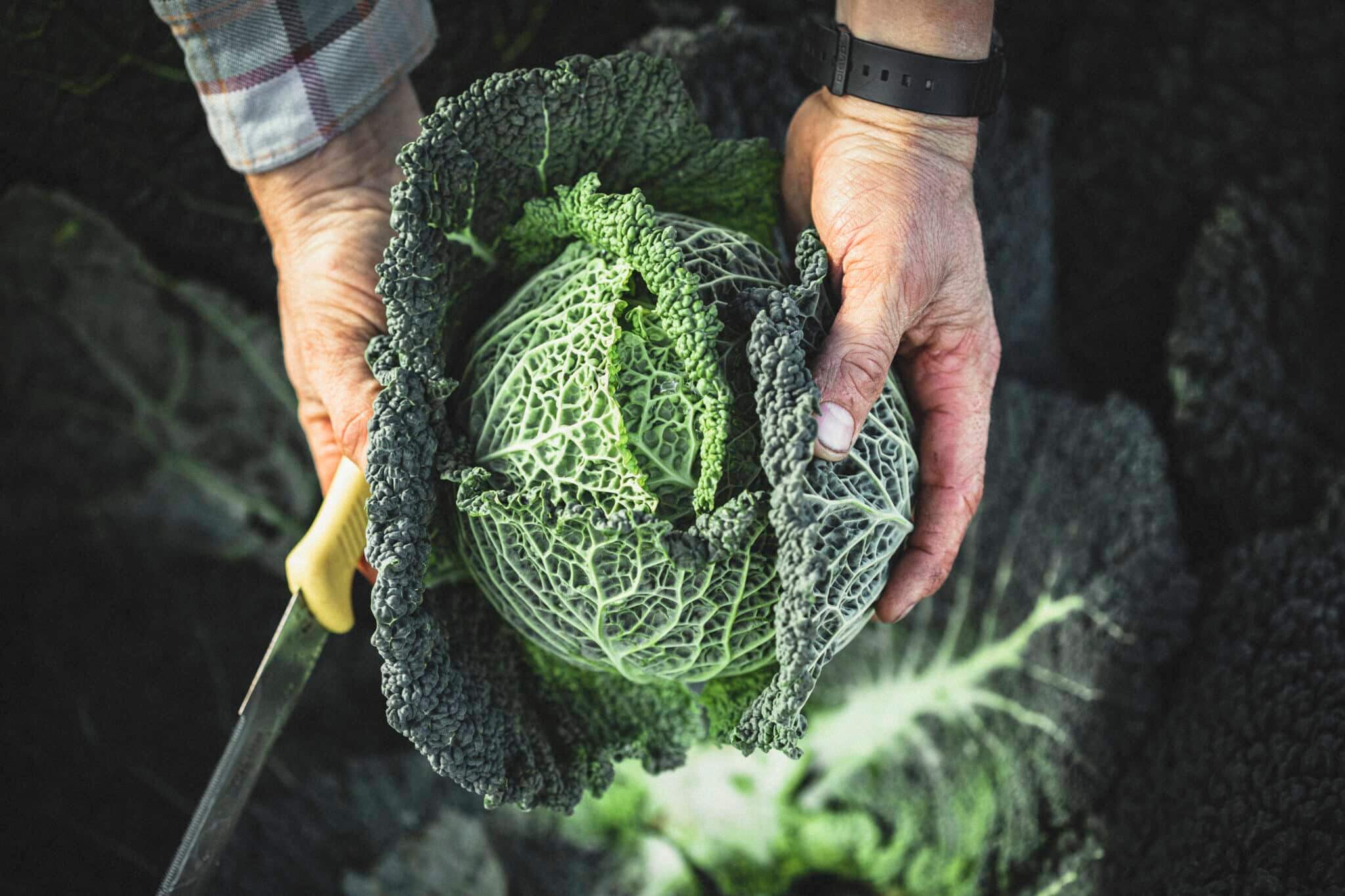

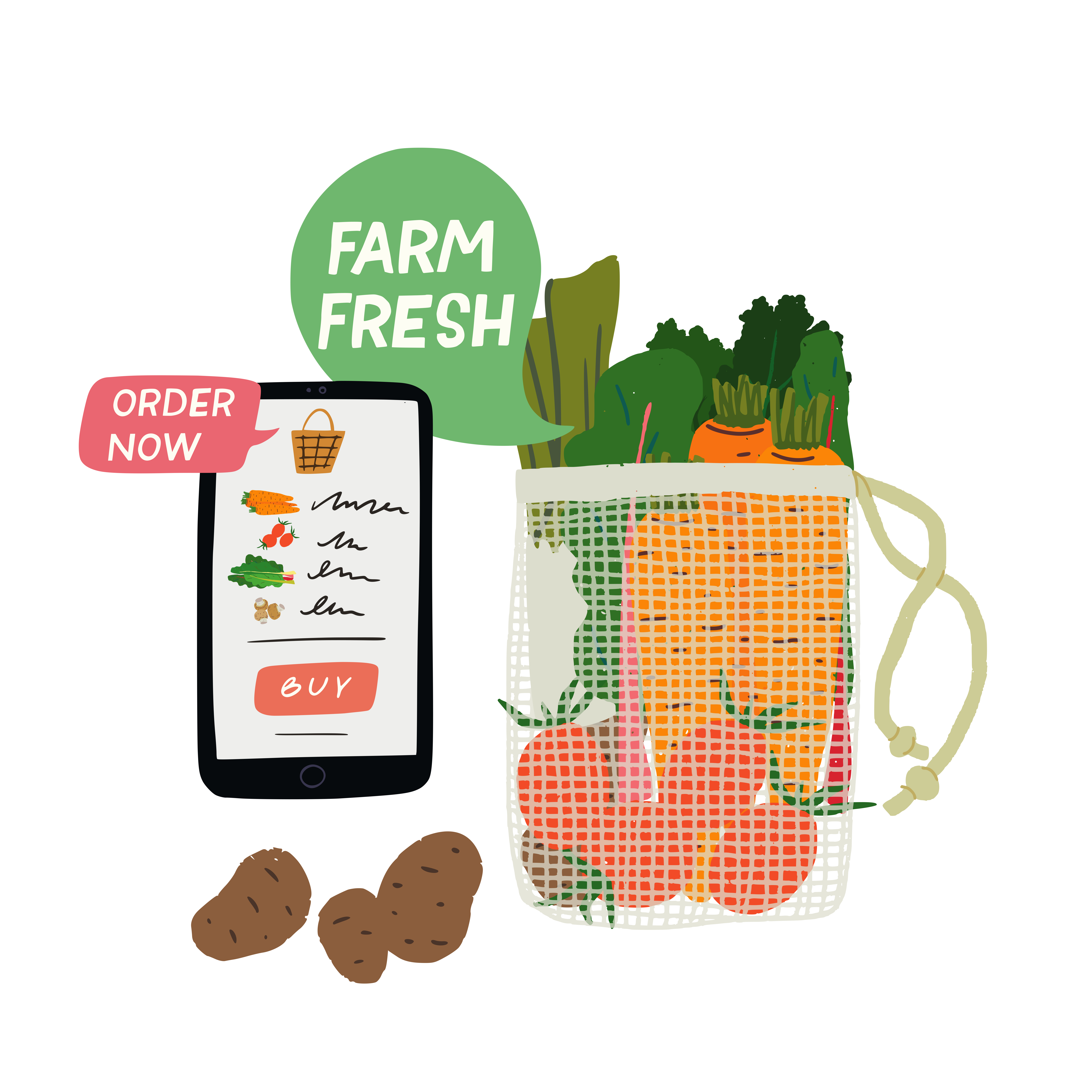

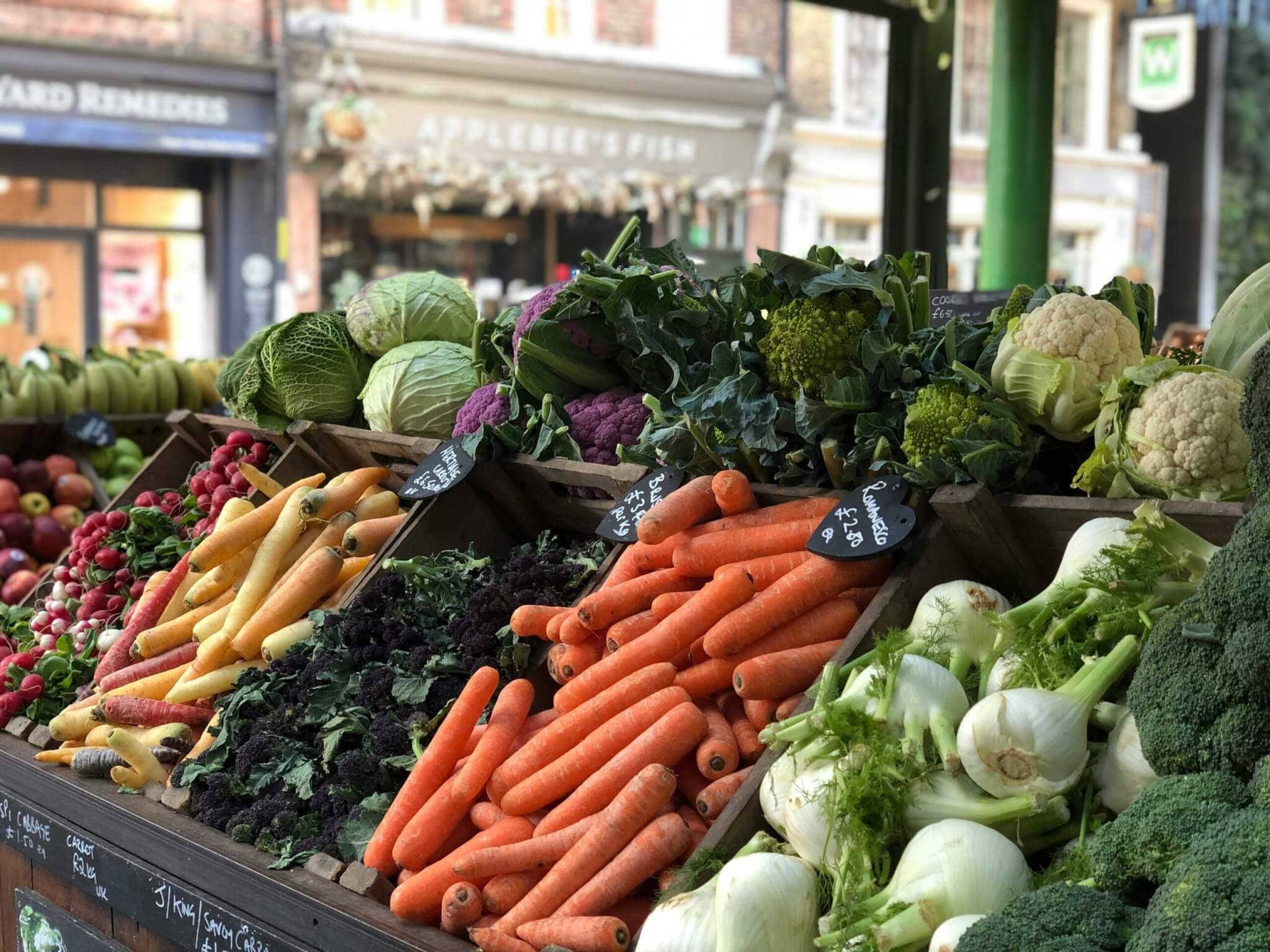
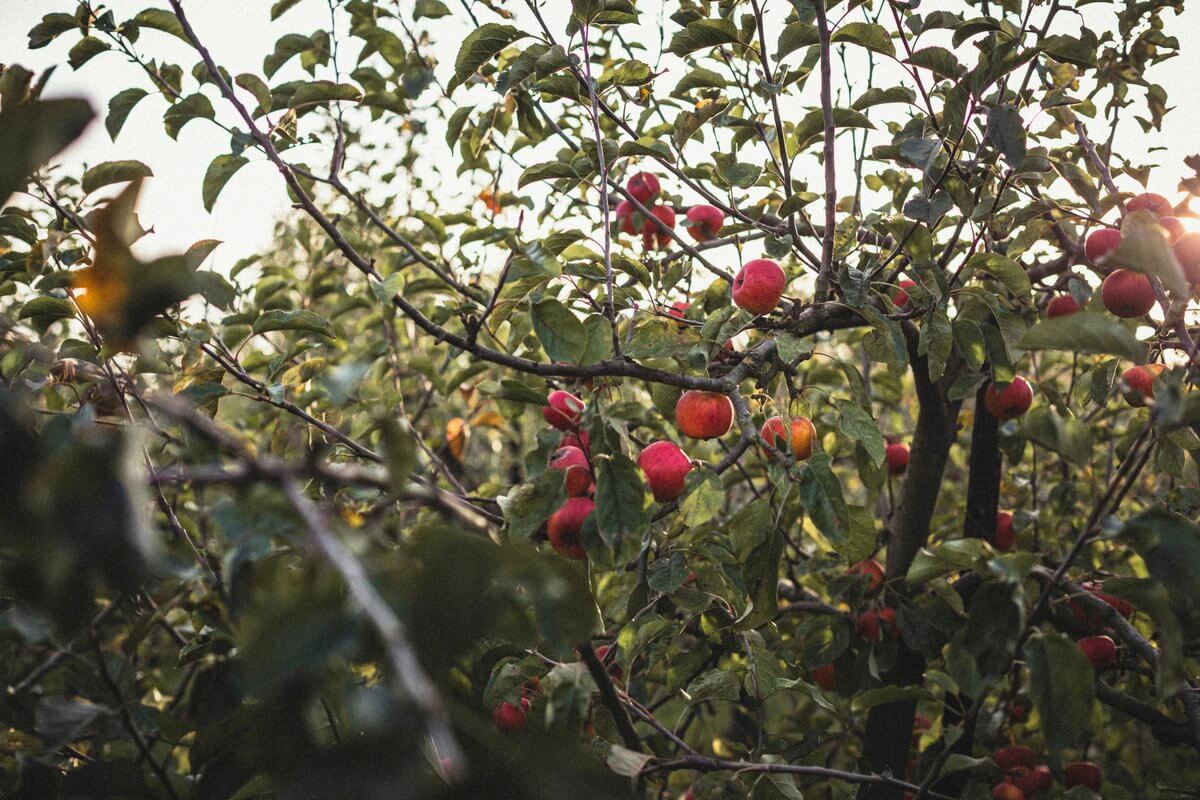
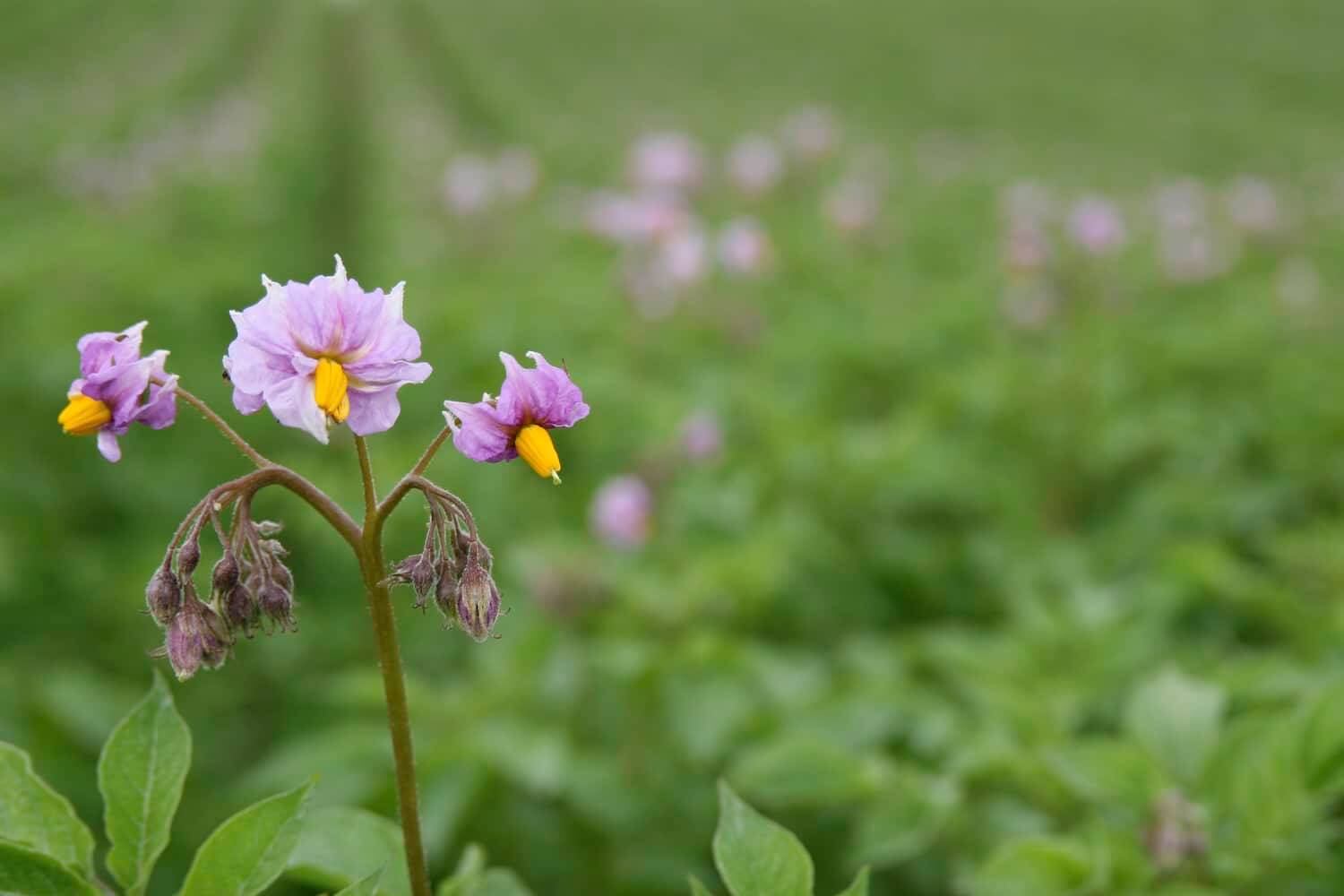




0 Comments